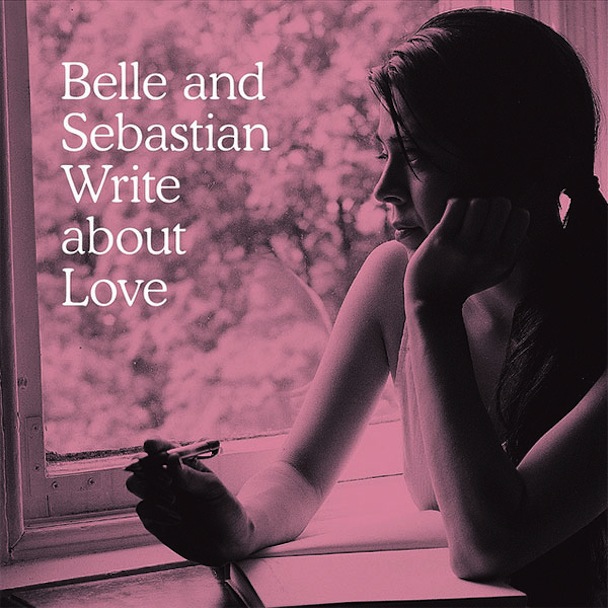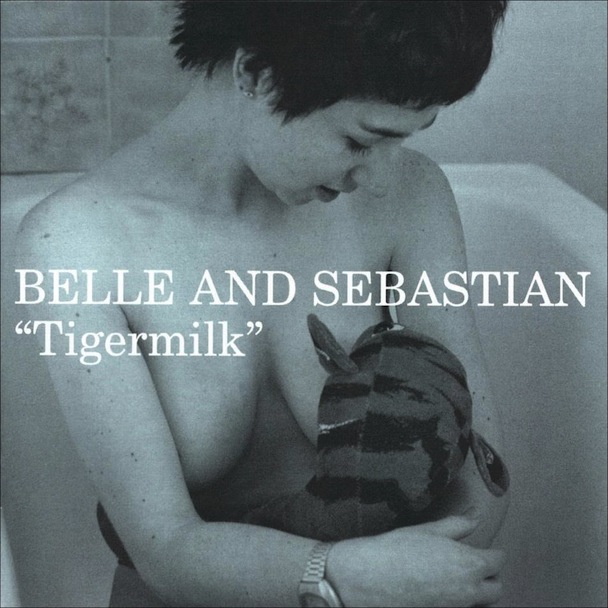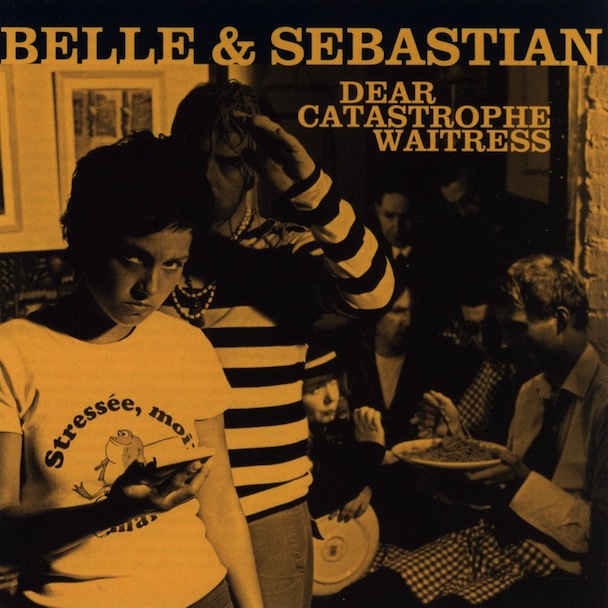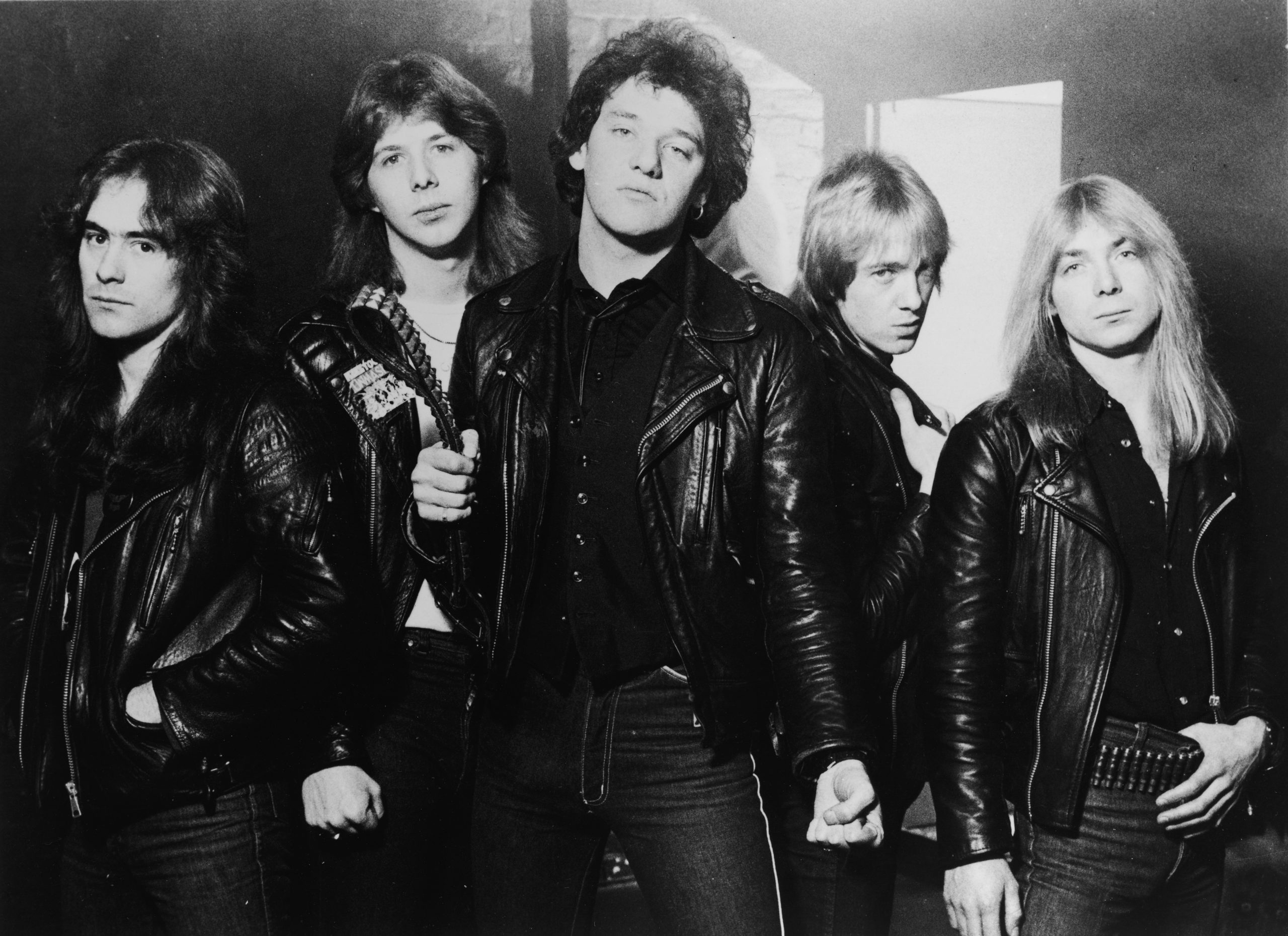Pop music is full of great, apocryphal origin stories, and Belle & Sebastian's is one of the best. The yarn goes like this: young Stuart Murdoch is a student at Glasgow's Stow College when he enrolls in a course on 'music business.' For some reason, the curriculum involves recording demos, and when it comes his turn, Murdoch is no average striving collegiate -- in fact, he's done his homework and then some. Arriving with a batch of tremendous, crackerjack songs, he is immediately placed front and center by the university-sponsored label (?!?) Electric Honey, and proffered with funding to expand upon his vision with a full-length album. (All of this may be absolutely credible and by-the-letter correct. But at a minimum, there is a lot we Yanks don't understand about college in Scotland).
In any event, Murdoch and his assembled cohort -- christened Belle & Sebastian after a French children's book -- more than justifies this initial confidence by producing the full-length Tigermilk, a terrific debut filled with instantly memorable songs.
And so it began.
Upon arrival, the most immediately striking element of Belle & Sebastian was the unique and fully formed narrative voice of Murdoch. His capacity as a storyteller from both the first- and third-person was precocious and startling -- his songs were layered tales of wry and rueful outcasts, downtrodden miscreants and socially maladroit geniuses -- characters so well drawn you could feel you were in a room with them. As a singer he sounded a bit like Nick Drake, but as a lyricist he was immediately miles beyond him -- closer in spirit to the rarefied company of Warren Zevon, Randy Newman, and Mark Eitzel. Crucially, while dealing frequently with heavy issues of depression and spiritual disillusionment, Murdoch never failed to intuit the power of a good joke. Songs like "The State That I Am In," the lead track from Tigermilk and an early masterpiece, turn on a dime from the heartbreaking to the hilarious. A fine example of this phenomenon comes in that song's brilliant second verse, when amidst a gradually unfolding account of distressing events told with offhand affability, Murdoch informs us of the following:
"I got married in a rush / to save a kid from being deported / and now she's in love."
In love, presumably, with someone else. Having spun himself into a particularly horrifying predicament, Murdoch then rejoins with the following sentiment:
"Oh, I was so touched / I was moved to kick the crutches from my crippled friend."
This is laugh-out-loud funny, and the singer clearly enjoys his own witticism, but just as quickly he regrets his cruelty, begs forgiveness, foreswears further envy, takes himself to church, and promises to take special care of the self-same "crippled friend." This is also classic Murdoch -- constantly at war with his own competing impulses toward empathy, piety and sin -- a colossal internal conflict which leads nearly always to an amusing cycle of fuck-ups followed by full-fledged, and fully sincere, confessionals.
If Murdoch's audacious gift as a writer is rightfully one of Belle & Sebastian's hallmarks, the other elements that most inform the band's identity are somewhat more complicated. Following the very fine first release Tigermilk and up until its jaw-droppingly great follow up If You're Feeling Sinister, this was a large band imbued with Murdoch's highly singular vision. Then, for reasons that feel mysterious, Belle & Sebastian suddenly became something like a creative democracy, with associate members such as original bassist Stuart David, onetime Murdoch paramour Isobel Campbell, and longtime first lieutenant Stevie Jackson taking turns not only on lead vocals but also contributing their own songs. While it is no great insult to say that the material the others contributed did not measure up in quality to Murdoch's own, it is also difficult to overstate the extent to which the decision weakened the band's output. There are many plausible theories as to why Murdoch may have decided to spread creative duties around -- discomfort with the spotlight, a desire to share credit (and songwriting revenue), or even creative fatigue on his own behalf -- but the net result was some of the worst music the band has ever made.
That first issue relates directly to a second: Belle & Sebastian's preference for highly stylized arrangements, filled with breathy vocals, miniature orchestras played with minimal skill, and other affectations of 'chamber pop' that has been the occasional fashion of the indie world from time to time over the past 30 years. Murdoch has made clear his fundamental attraction to things that are 'pretty,' and in fact many of Belle & Sebastian's more baroque arrangements serve the material in good stead. As countless lyrical allusions make clear, B&S are fans of '60s music and fashion. While Murdoch seems to have taken his thematic and lyrical cues from Bob Dylan and the Velvet Underground, his interest in arrangements hues closer to the florid musical niceties of Left Banke or Serge Gainsbourg.
What is laid fascinatingly bare in reviewing the band's catalog is the disparity in quality which occurs when these tendencies are wed to the ballast of Murdoch's powerful storytelling, versus the instances when the same approach is taken by the less-accomplished, -detailed and -surprising writing of his cohort. While songs by other bandmates had been scattered amid the band's early EP's, the first full-length album to attempt to integrate multiple voices was 1997's The Boy With The Arab Strap, which features two contributions from Stevie Jackson, one from Stuart David (whose preference for spoken word tracks with minimal backing was always an awkward fit in the band), and a lead vocal from Isobel Campbell on "Is It Wicked Not To Care." In this case, Belle & Sebastian largely gets away with it: Jackson's two music-business centric compositions "Seymour Stein" and "Chickfactor" are winsome and attractive (although neither would qualify as better than C+ Murdoch compositions). David's "A Space Boy Dream" is buried halfway through the second side and sequenced between two of the album's best tracks -- it goes by nearly unnoticed. Only Campbell's singing is an unrequited disaster, hugely precious on a song which is the closest the band had to come to self-parody up to that point. These moments are all surrounded by several great Murdoch songs, and overall The Boy With The Arab Strap works. But as the next record would demonstrate, the trendline was not a good one.
This leads us to a final ponderance before we commence the Countdown. Belle & Sebastian is often referred to as 'twee' -- but are they? And what exactly do we mean by twee anyway? Certainly the term is a pejorative to some and maybe most listeners. As to our own feelings: There are few rings of cultural hell so abysmal and torturous as when grown adults affect childlike mannerisms in order to achieve some kind of meaningful expression. At its worst twee culture is a two-way tie between cheap and creepy which represents the worst kind of ugly pandering (although it is clearly catnip to the advertisers who have made the 'adorkable' presence of 30-something-going-on-13 Zooey Deschanel an inevitable consequence of turning on the television for more than an hour.) Having said that, as with Supreme Court Justice Potter Stewart's famous declaration that hard-core pornography was "hard to define, but I know it when I see it," it is a difficult, and indeed highly subjective matter to determine when artistic forays into youthful melancholy and studied whimsy cross the line from legitimate thought exercise into insufferable preciousness (See: Anderson, Wes).
In Belle & Sebastian, between their good work and bad, we seem to have something like an answer. While the band's delicate miniature approach is clearly a consequence of Stuart Murdoch's own aesthetic preferences, the humor, insight, and sheer quality of his writing has in almost every instance provided a tension and bulwark that has prevented (sometimes narrowly) his own material from sliding into the twee. Without his hand on the wheel, things have not always gone so well. Great writing, it seems, can stand up to nearly any form of arrangement; Murdoch's best songs would succeed if they were sung by Motorhead. Alternatively, no amount of bells and whistles, strings and piccolos, four-part vocal harmonies and whispered sighs can rescue an insubstantial song from banality. Sometimes, though, all of that can make it worse.
So, you wanna get nuts?? Let's get nuts. The Countdown starts here. Crutch-kicking? In the comments.














